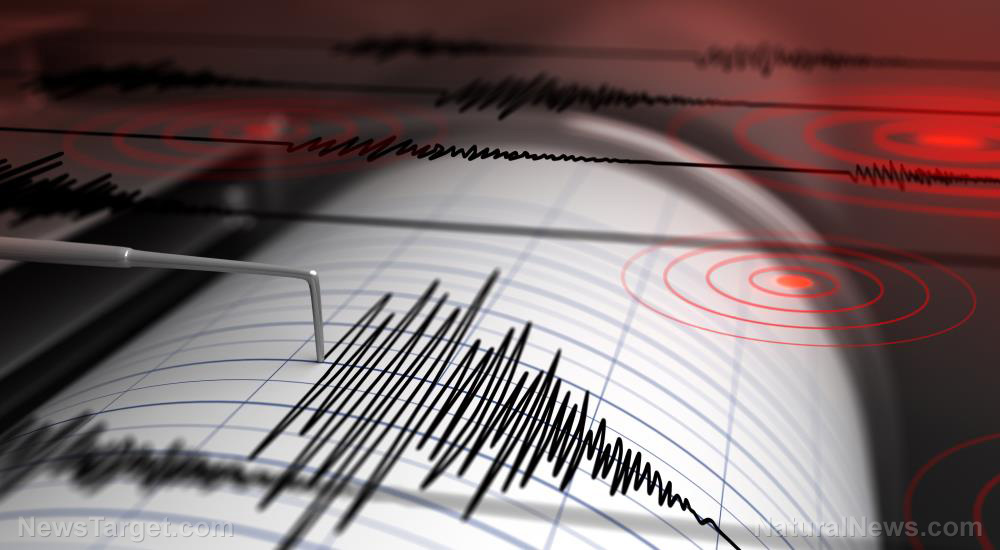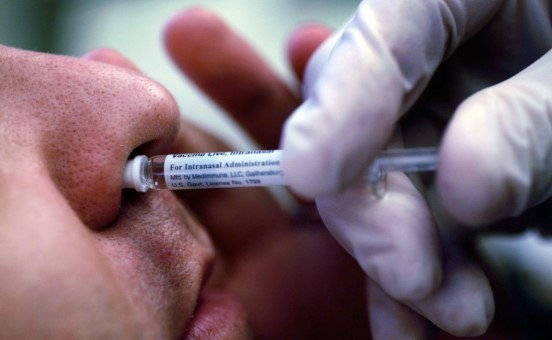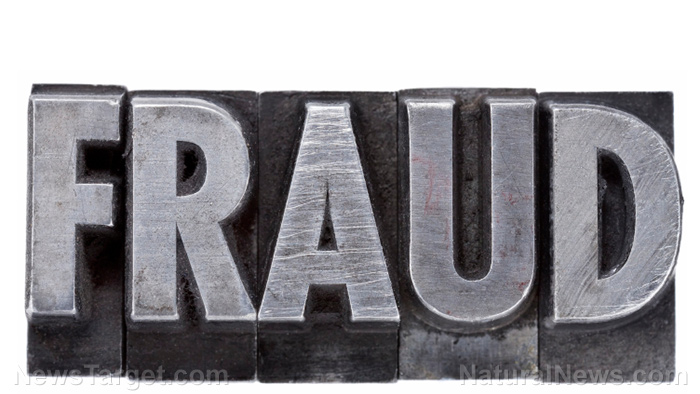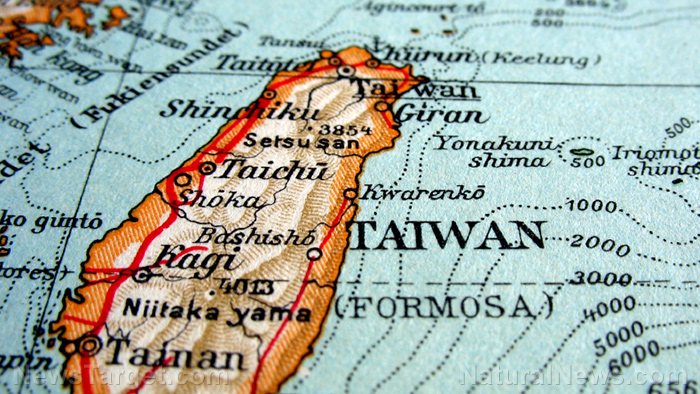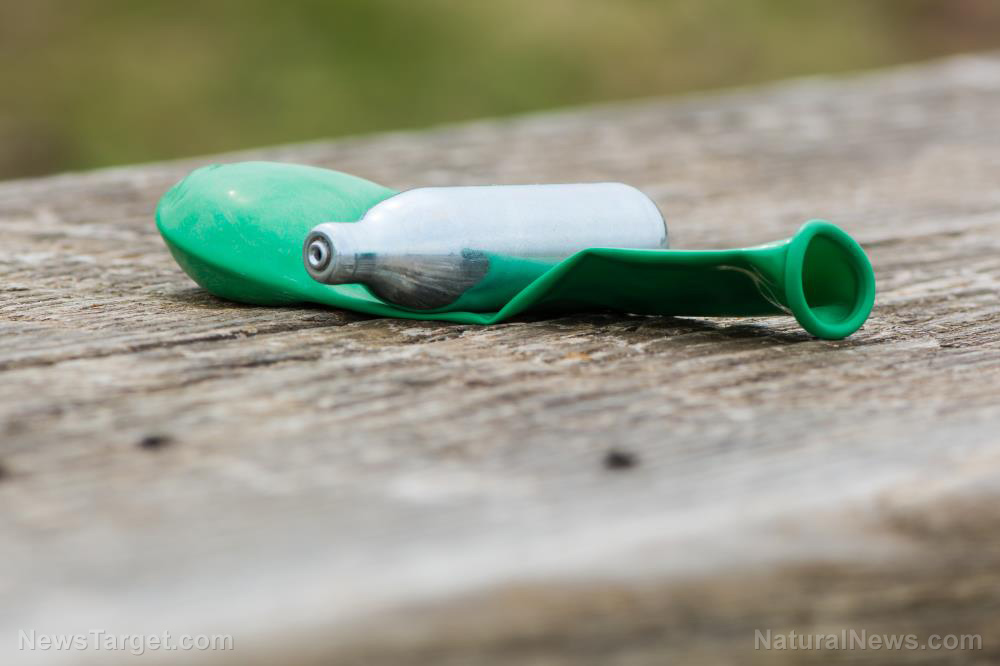
- Nitrous oxide fatalities spiked 578% between 2010 and 2023, per CDC data.
- Eighth graders and young adults are primary users, often accessing via gas stations or online.
- Risks include oxygen deprivation, neurological damage, paralysis and vitamin B12 deficiency.
- FDA warns of dangers, but federal regulation remains absent due to legal loopholes.
- Proposals for tighter restrictions and youth-focused prevention campaigns are gaining traction nationally.
From party staple to public health threat: A 200-year history revisited
Originating in the late 1700s as a novelty at “laughing gas” events, nitrous oxide swiftly transitioned to medical use in dentistry and psychiatry by the 19th century. Its modern resurgence as a recreational drug, however, has unveiled darker consequences. Once a niche product, nitrous oxide is now sold in gas stations, smoke shops and online platforms like Walmart, often in candy-flavored varieties marketed with names like “Bubblegum Blast” and “Miami Magic.” “Inhaling pure nitrous oxide for a quick adrenaline rush has lethal consequences,” said Dr. Raj Dasgupta, a pulmonologist at the University of Southern California. “Users trade temporary euphoria for irreversible brain damage or death by asphyxiation.” Experts note a correlation between social media trends, viral TikTok hashtags like #WhippetsHigh and increased use among teenagers.The risks are real: How a “harmless laugh” ends in trauma or death
Nitrous oxide’s dangers extend far beyond the initial high. Chronic use depletes vitamin B12, impairing neurological function and causing paralysis, while acute exposure can trigger asphyxiation, heart arrhythmias, or seizures. “The gas cuts off oxygen to the brain in seconds,” said Sarah Grado, a youth addiction specialist at notMYkid. “A single session can leave a teenager paralyzed or dead.” Even casual users face severe physical and mental health consequences. Binge inhalation of multiple cartridges within short periods has led to cardiac arrests, while long-term effects include memory loss, psychosis and depression. A 2025 FDA advisory highlighted “serious adverse events,” including fatalities from misuse, but stopped short of banning sales outright due to legal ambiguity.Why the U.S. struggles to curb access
The drug’s unregulated status stems from narrow FDA oversight, which restricts nitrous oxide only in specific medical contexts. “Current laws allow manufacturers to sell millions of canisters in stores nationwide without warning labels or age restrictions,” Yockey said. Advocates argue this enables youth exposure: walk-in purchases cost as little as $5, while online orders deliver nationwide with little scrutiny. Legislators in California, Louisiana and other states have banned recreational sales, but federal action lags. Meanwhile, shifting global markets pose challenges. “Products banned in the U.K. have flooded U.S. markets,” noted Dr. Michele Bowers, a recovery center clinical director, blaming industry tactics mirroring “Big Tobacco’s youth targeting.”Averting a health crisis: The call for national policy and transparency
Health experts and officials urge immediate reforms, including public education efforts, age restrictions and stricter labeling. “We’re treating a preventable epidemic with inadequate tools,” Yockey said. Proposals include mandating graphic warning labels, restricting sales to licensed retailers and expanding youth prevention programs. While momentum grows—with over 30 states drafting legislation—observers fear delays could cost lives. “The public still sees this as harmless, but that’s untrue,” said Dr. Rachel Hoopsick, study co-author. “Every delayed action means more kids suffering needlessly.”A looming shadow: Will the U.S. act before more lives are lost?
Nitrous oxide’s rise underscores a chilling truth: modern markets exploit perceived safety to push dangerous substances. With emergency room visits climbing and young lives cut short, the stakes are dire. “This isn’t about freedom—it’s about saving children,” said Bowers. Without swift federal intervention, America risks normalizing a pathogen capable of paralyzing generations through ignorance and indifference. The laughing gas crisis demands vigilance, regulation and truth. The question remains: Will policymakers prioritize urgency over stagnation? Sources for this article include: TheEpochTimes.com News.Yahoo.com KSN.comIranian general warns: Tehran’s war with Israel could resume “at any moment”
By Ramon Tomey // Share
Yellowstone’s real danger: Earthquakes, not supervolcano hysteria
By Willow Tohi // Share
Trump pushes Zelensky to end Russia-Ukraine war “immediately,” but at what cost?
By Zoey Sky // Share
Food safety alert: FDA issues warning about shrimp contaminated with RADIOACTIVE isotope
By Ramon Tomey // Share
A viral video ignites federal firestorm over Minnesota fraud
By willowt // Share
Russia activates "unstoppable" Poseidon tsunami drone
By kevinhughes // Share
Russian FM Lavrov: Moscow will back China on Taiwan issue
By ramontomeydw // Share
The breakfast clock: Why timing your morning meal is a secret weapon against high cholesterol
By jacobthomas // Share
The Health Ranger's New Year Revolution: The ultimate guide to health, wealth and freedom
By kevinhughes // Share
"Absolute Healing" on BrightU: Experts explore COVID-19 as an engineered bioweapon
By jacobthomas // Share

